Exhibition
HISTORY OF CRAFTSMANSHIP EXHIBITION
The exhibition „Craftsmen’s guilds in Upper Silesian towns” is an attempt to show the situation and functioning of guilds that assembled independent craftsmen, creating self-governing, professional and social organizations since Middle Ages. Due to changes caused by the disintegration of previous social structures in the 19th century, as well as a rapid industry development, traditional handicraft forms of production were marginalized. Still, what remains is the prestige of a craftsman - a professional who knows his trade and the needs of his environment. Source-based narration, documents, photos, artifacts illustrating the technique, tangible and intangible culture of Upper Silesian craftsmen – it all serves as a way of bringing the visitors closer to the lives of craftsmen since the Middle Ages till 1939.
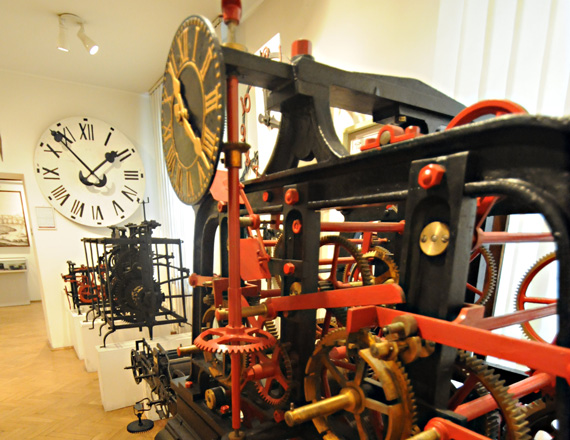 |
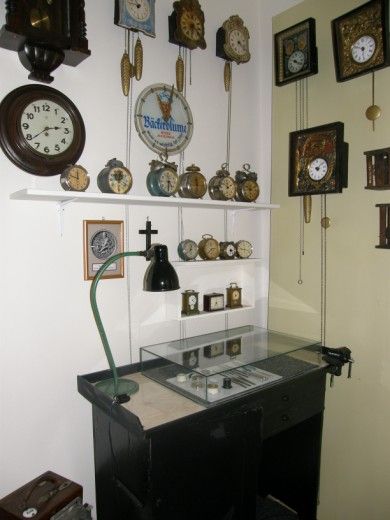 |
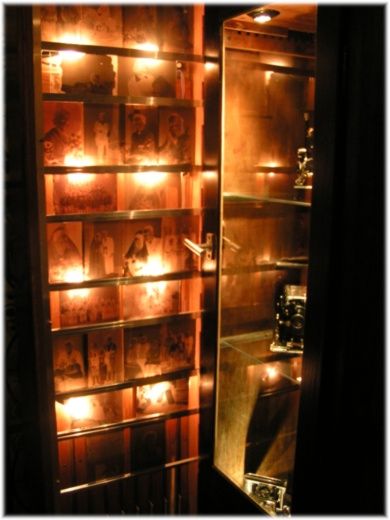 |
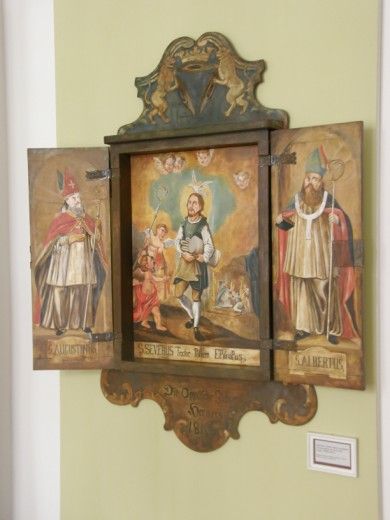 |
MINING EXHIBITION
We begin our visit after receiving a miner’s safety helmet and an attendance “mark”. The visitors then set out to a staged mining excavation, where they can explore a vast collection of artifacts connected with this important field in the Upper Silesian industry. The exhibition presents, among other things, a miner’s working outfit with full equipment, a part of a track-way with a wagon, mining lamps from 19th and 20th century, equipment used for rock blasting, measurement and rescue. This collection is enriched by the presence of St. Barbara – the patron saint of miners – as well as many sculptures made from coal and graphite, presenting scenes connected with mining.
 |
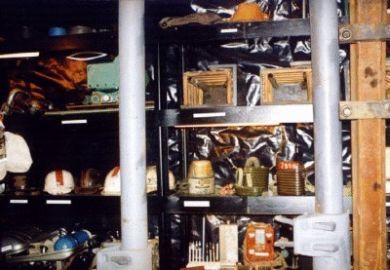 |
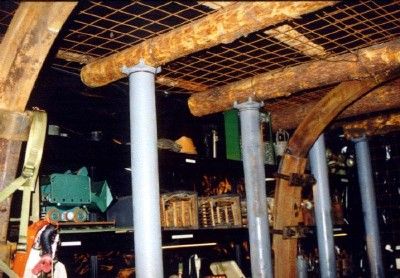 |
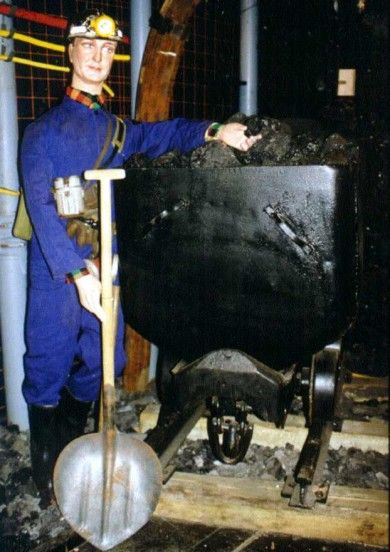 |
„RYBNIK – OUR TOWN” EXHIBITION
„Rybnik – our town” is a three-part exhibition dedicated to the history, culture and art of Rybnik, as well as the Upper Silesian region in general. Aside from a temporary historical display, visitors are introduced to an illustrated calendar of the town’s history. They can get to know Rybnik through various interactive presentations, documentaries, newspaper reprints. There’s also a corner designed for the youngest visitors, where they can draw and play with thematic puzzles. The part of exhibition dedicated to culture focuses on folk and middle-class culture. It presents local sacral architecture, agricultural and residential buildings, farming equipment. A traditional Upper Silesian kitchen has been recreated as a part of the display, with a typical mix of both folk and middle- class furnishing and other elements. For those visitors interested in history of fashion, there is a large collection of photos, painting, as well as mannequins presenting the characteristic regional outfit.
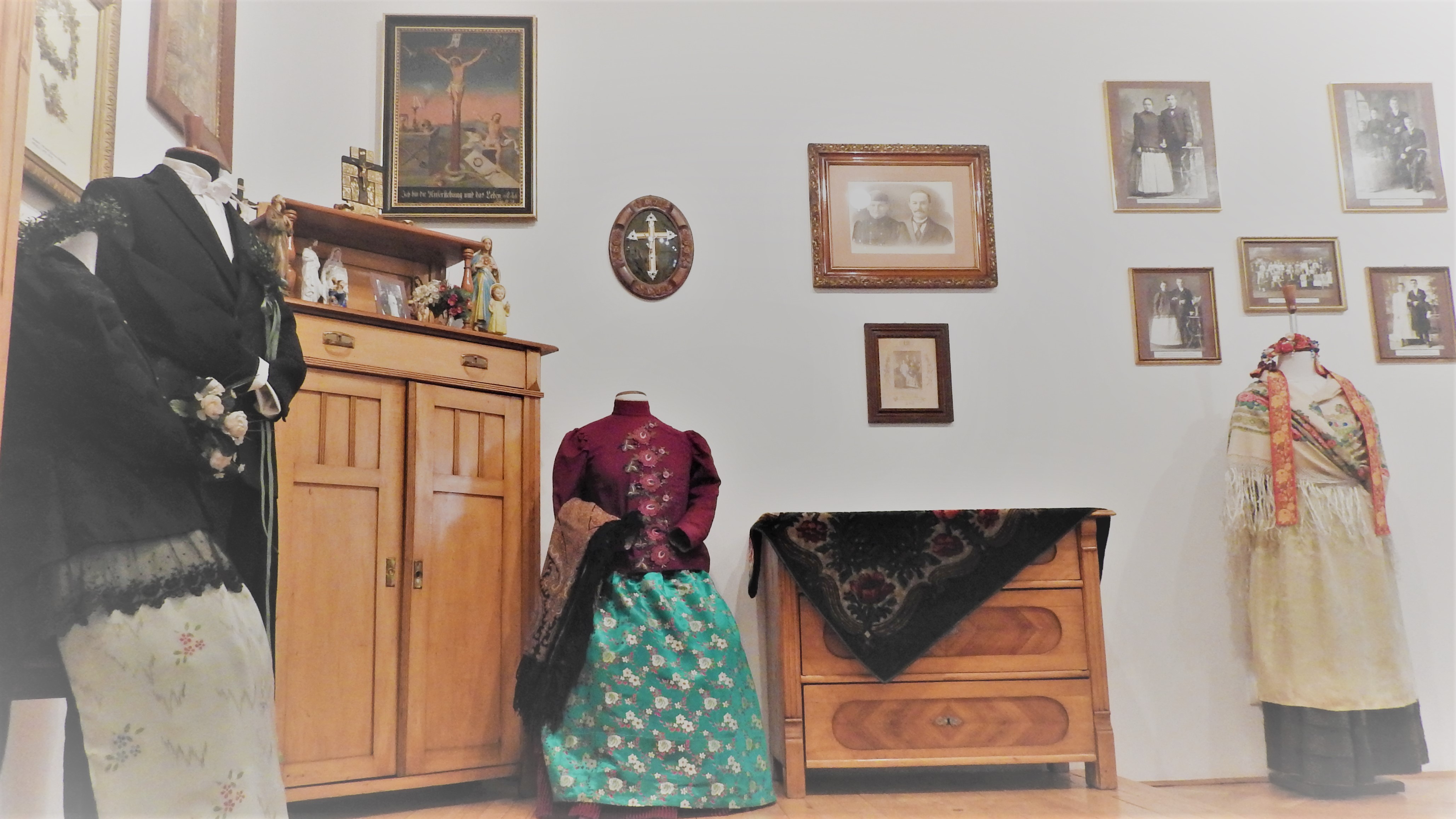 |
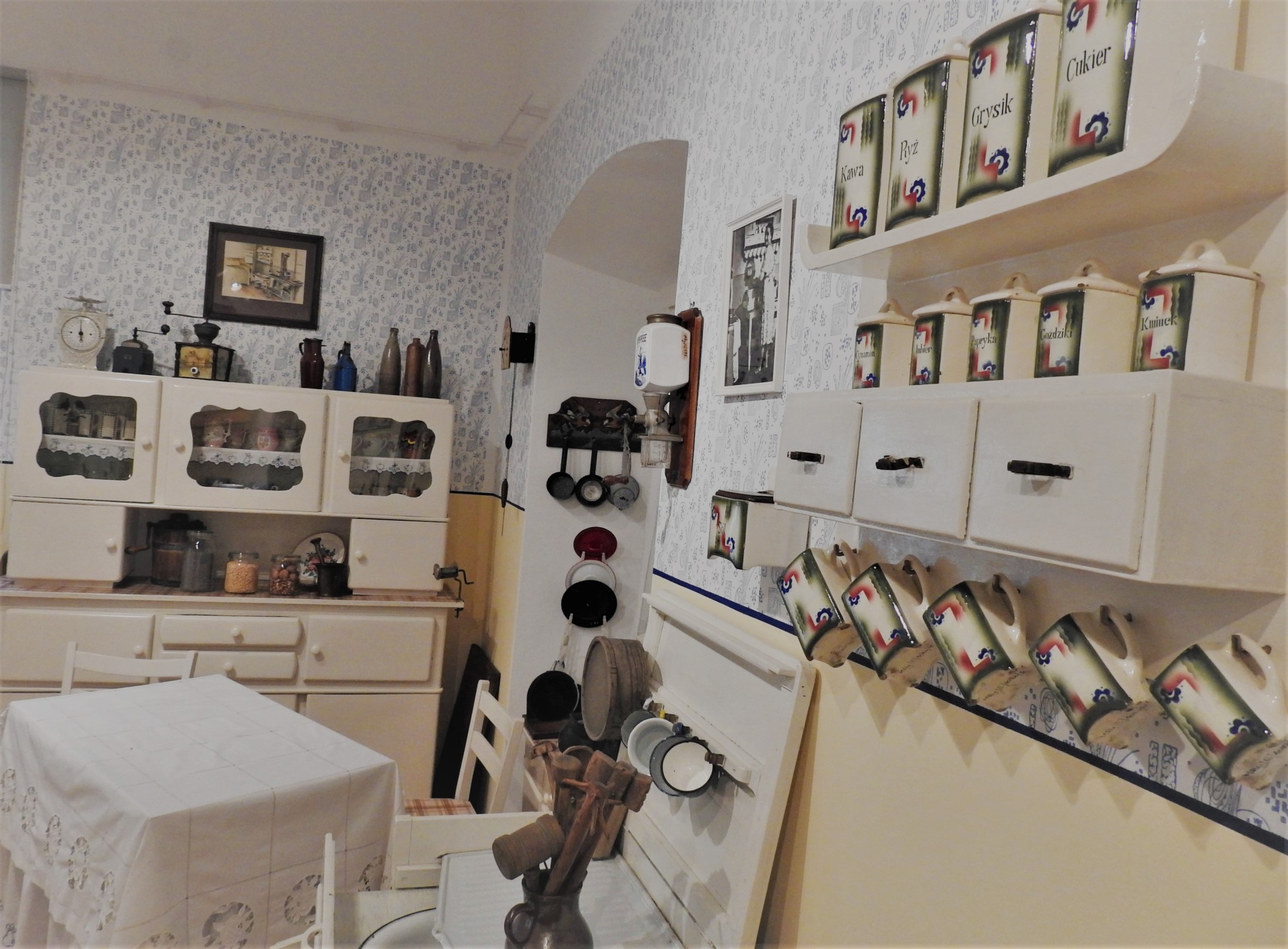 |
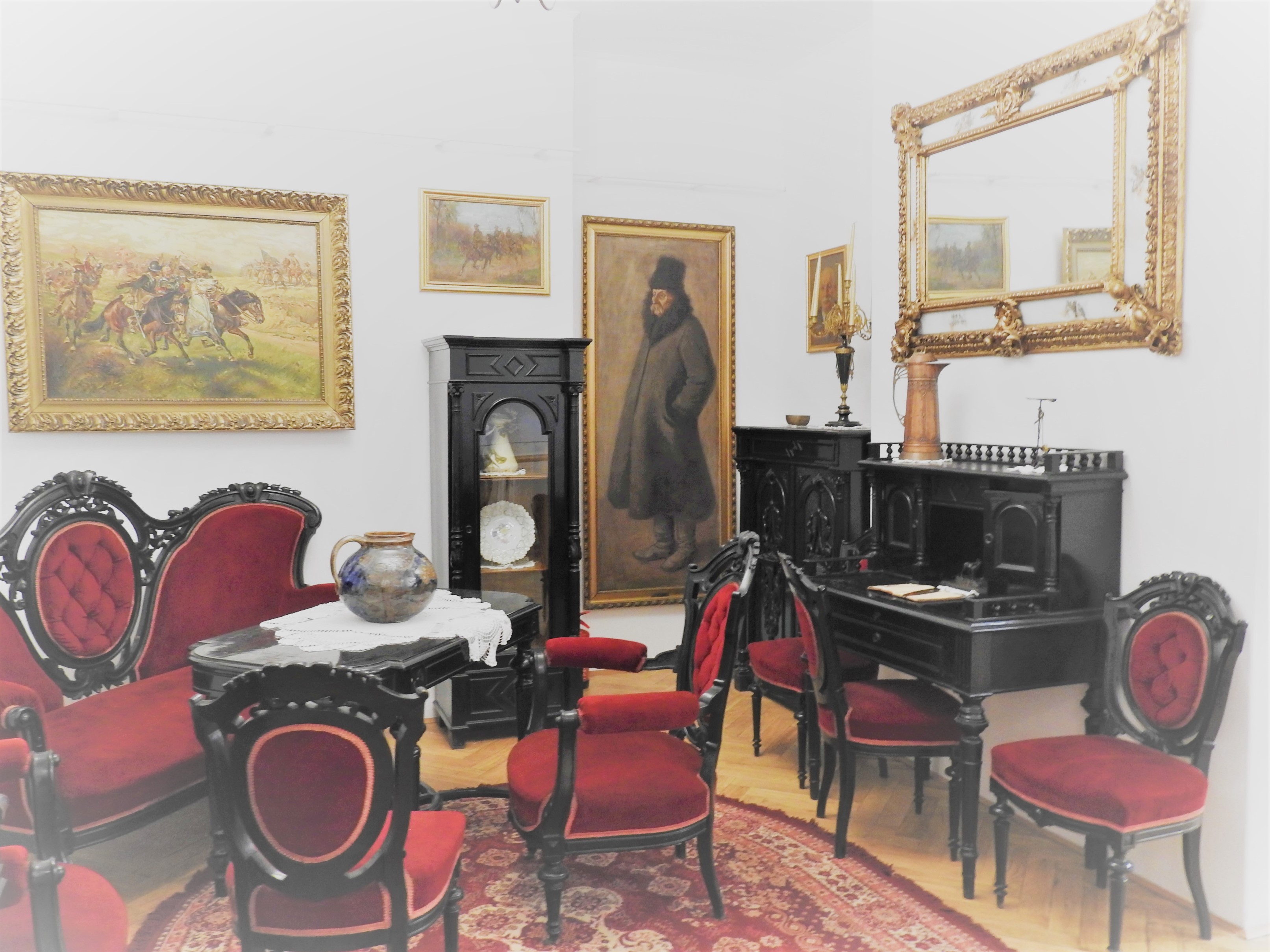 |
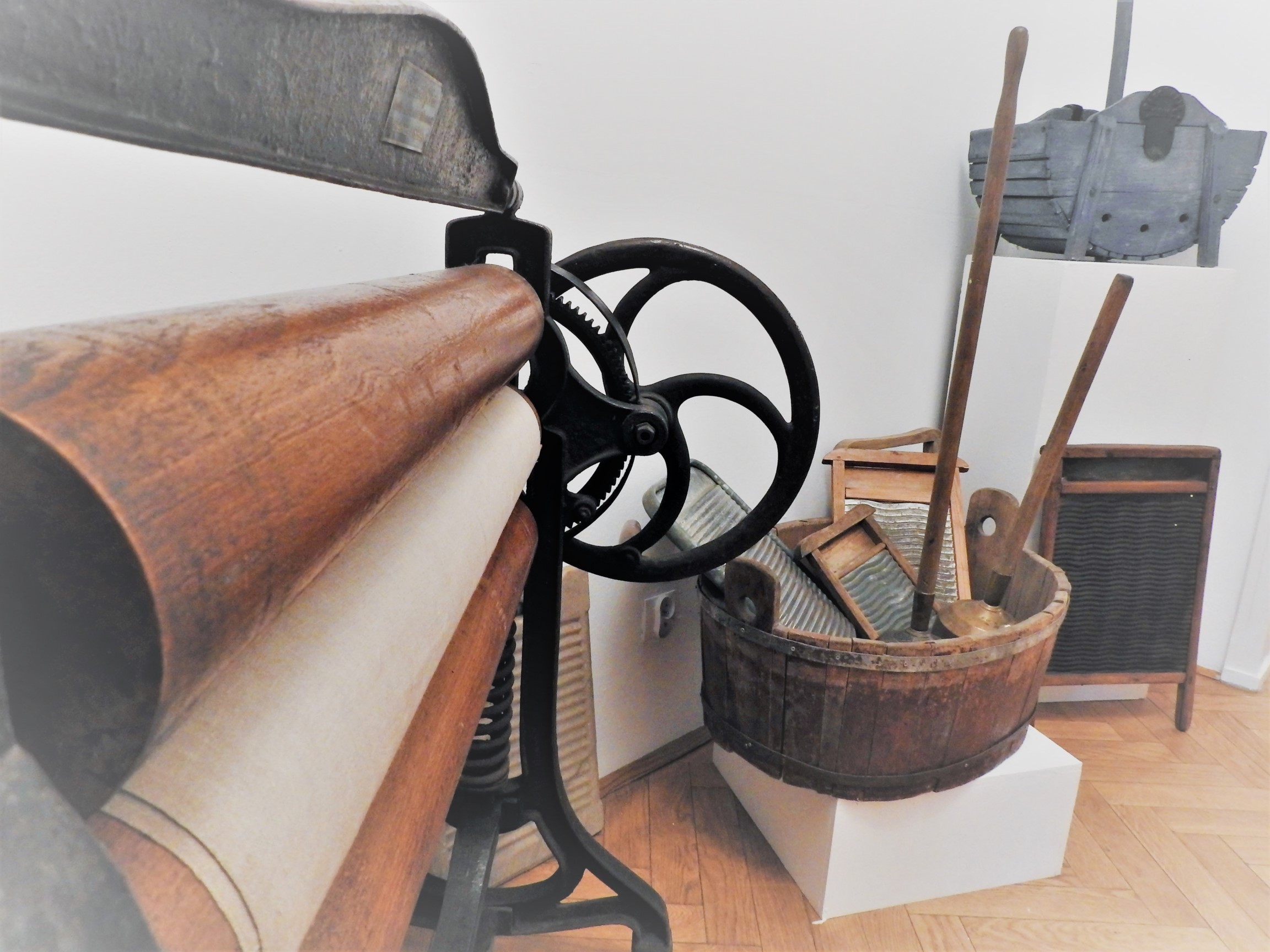 |
